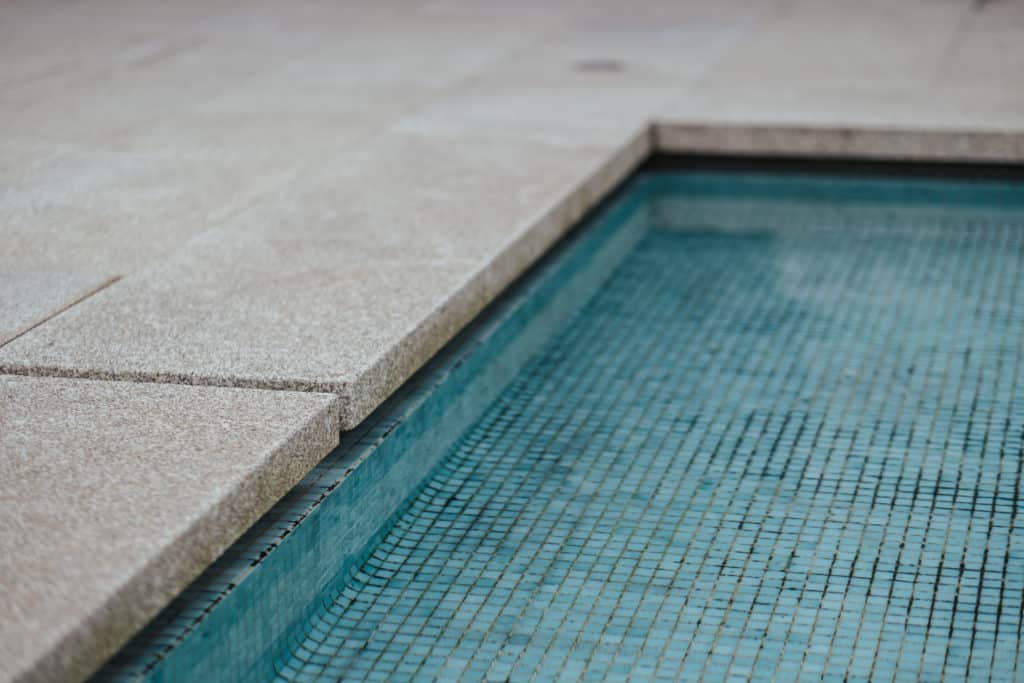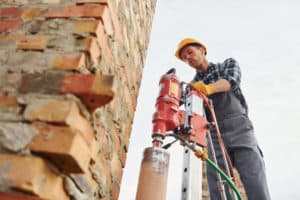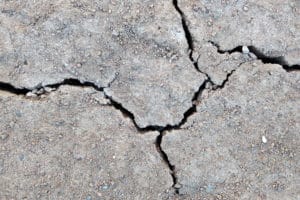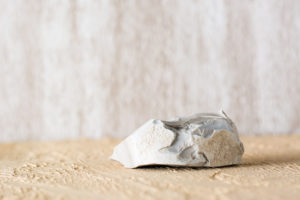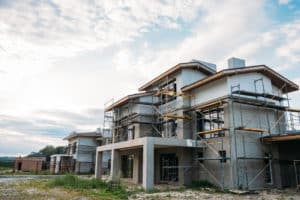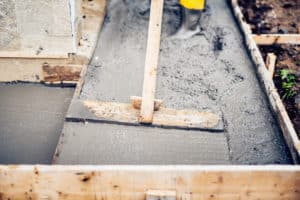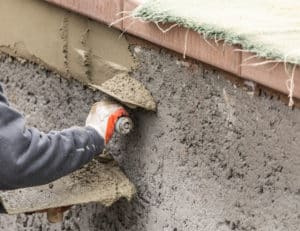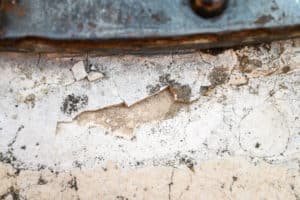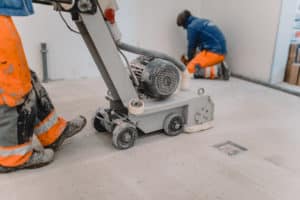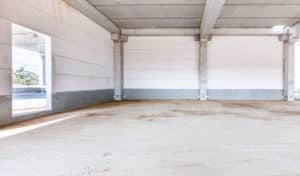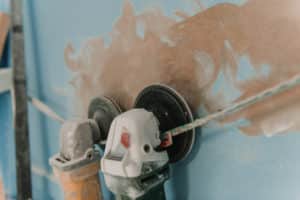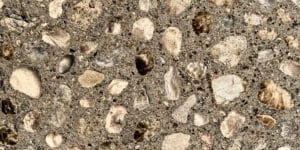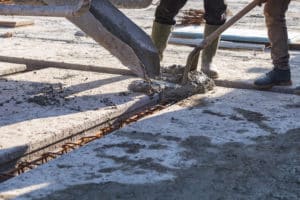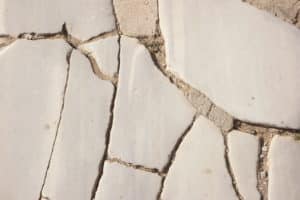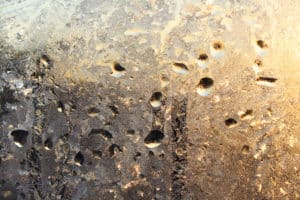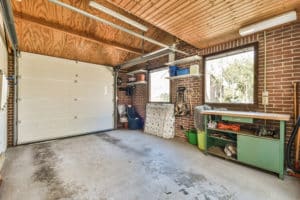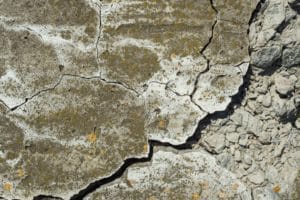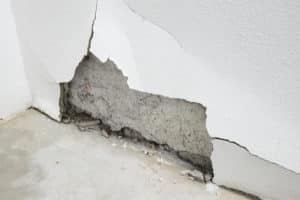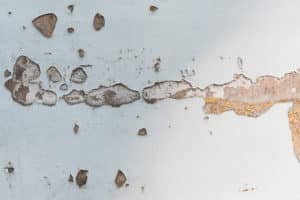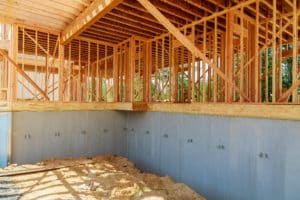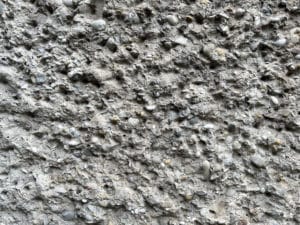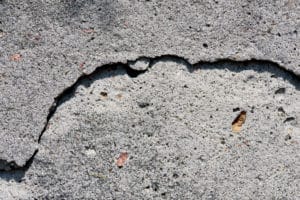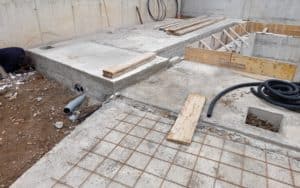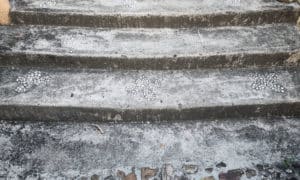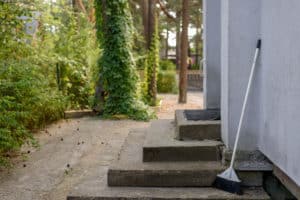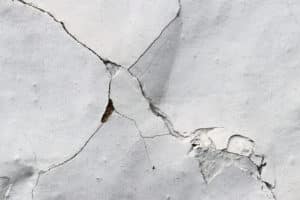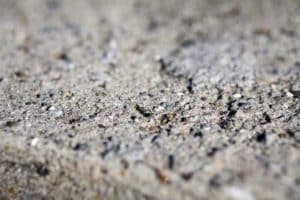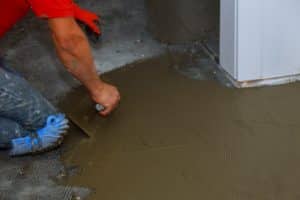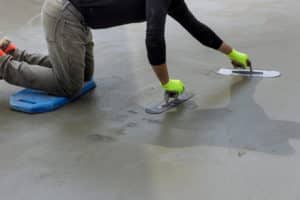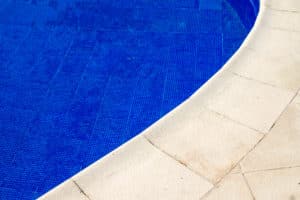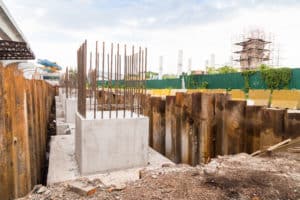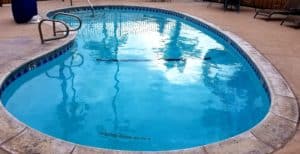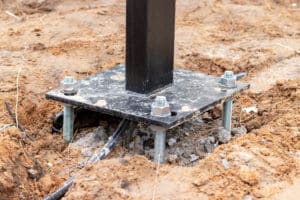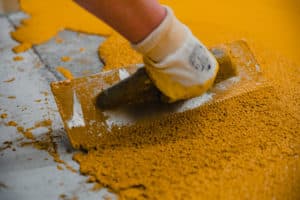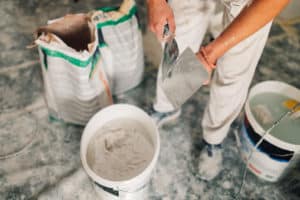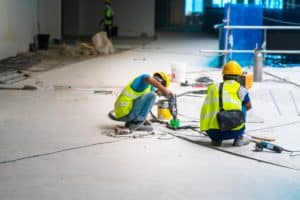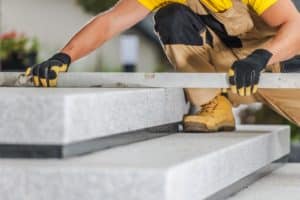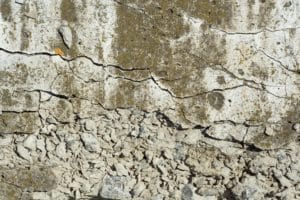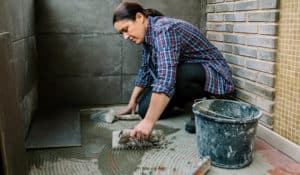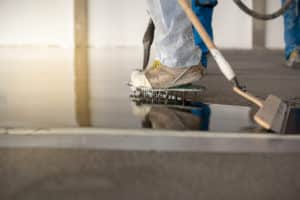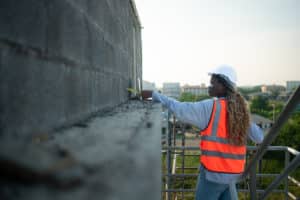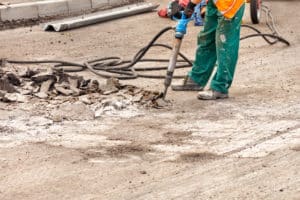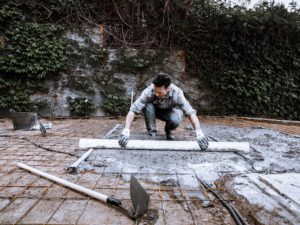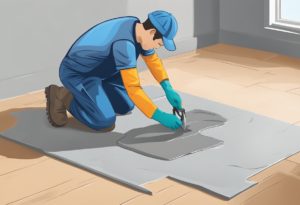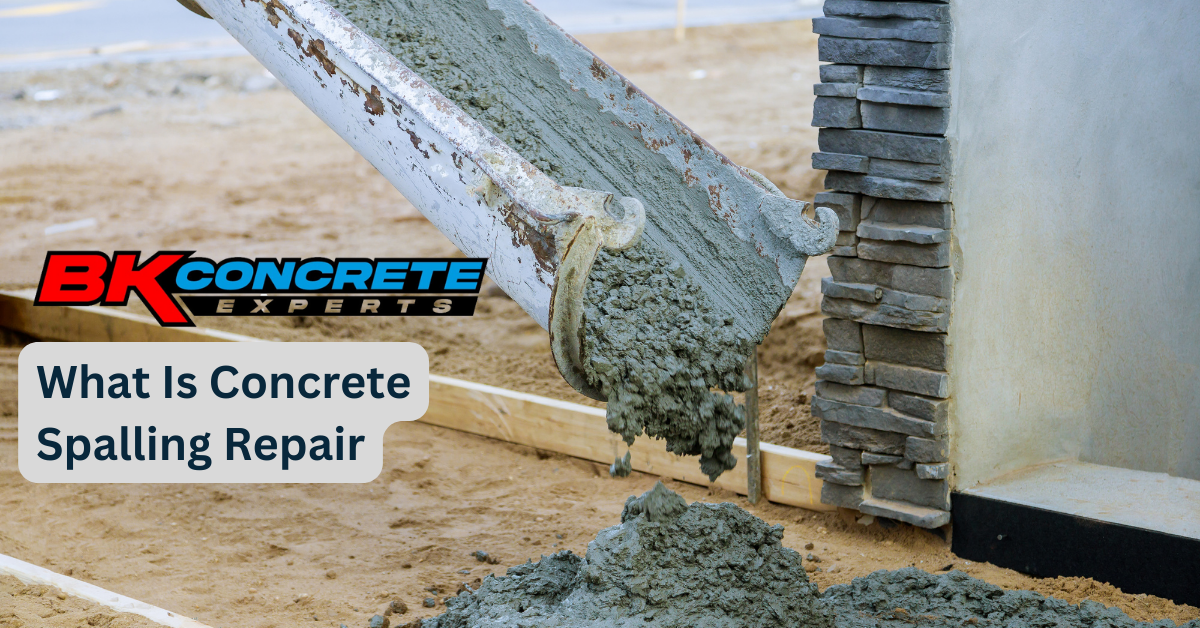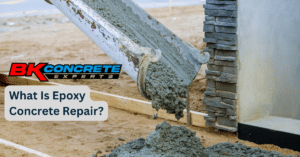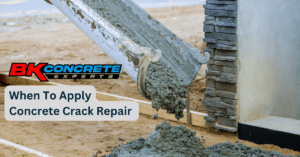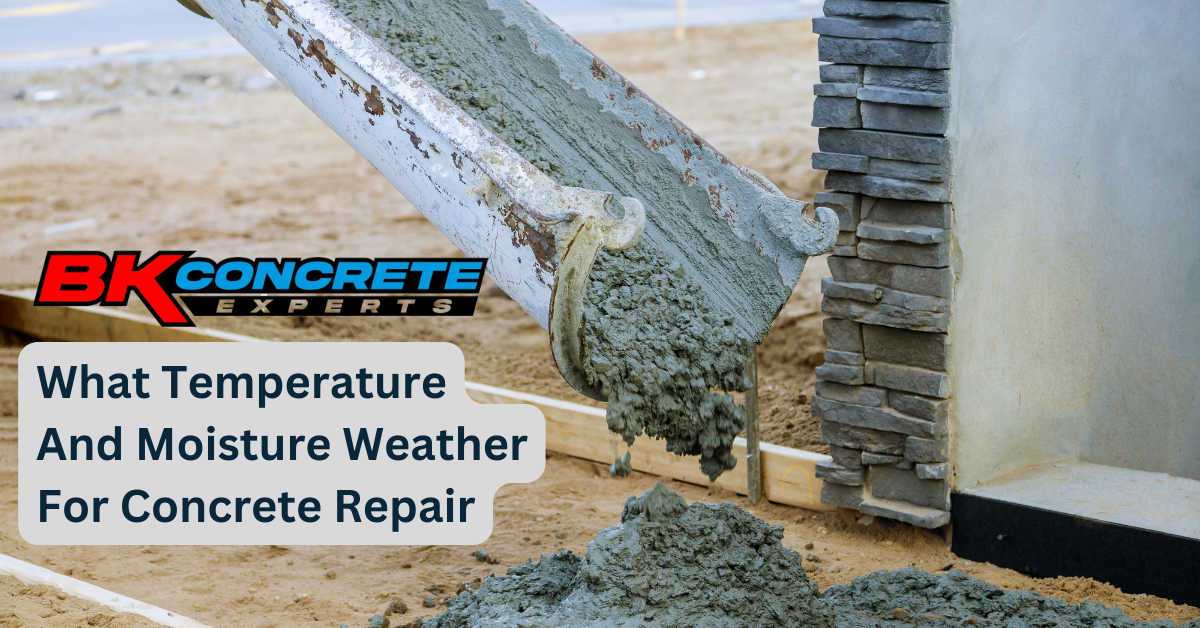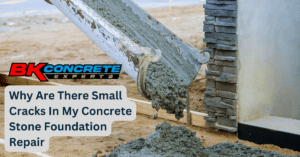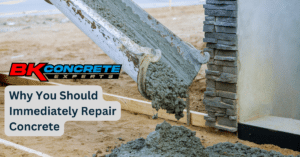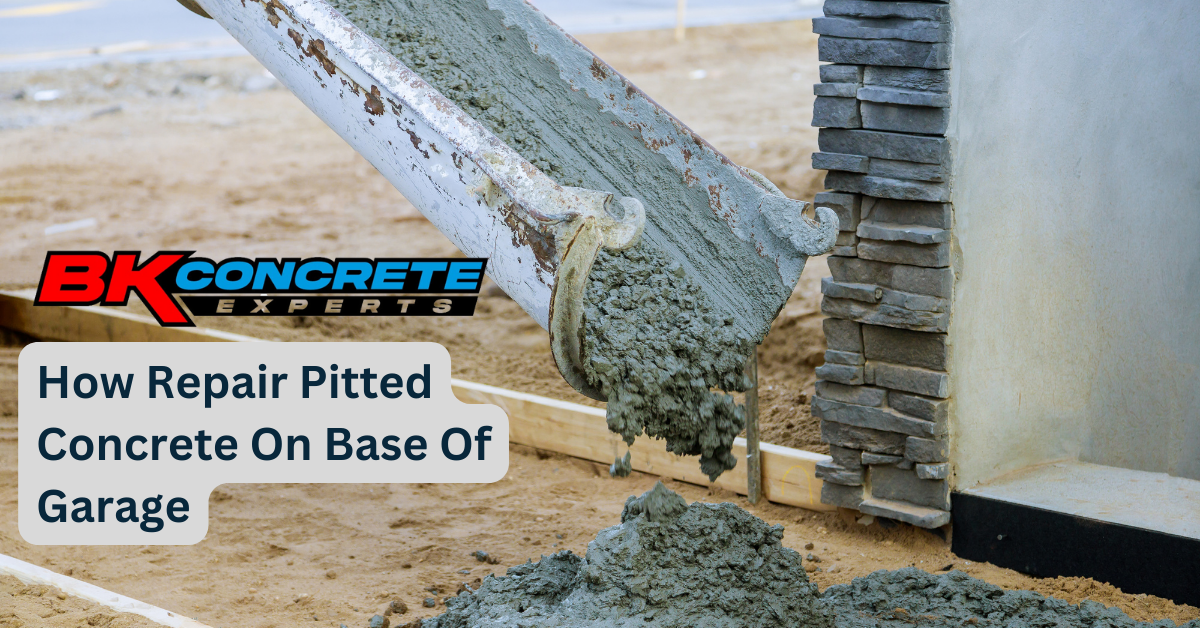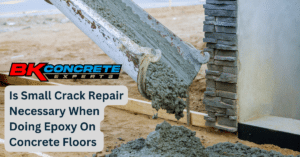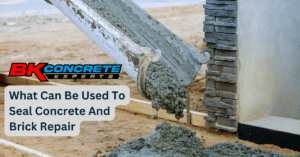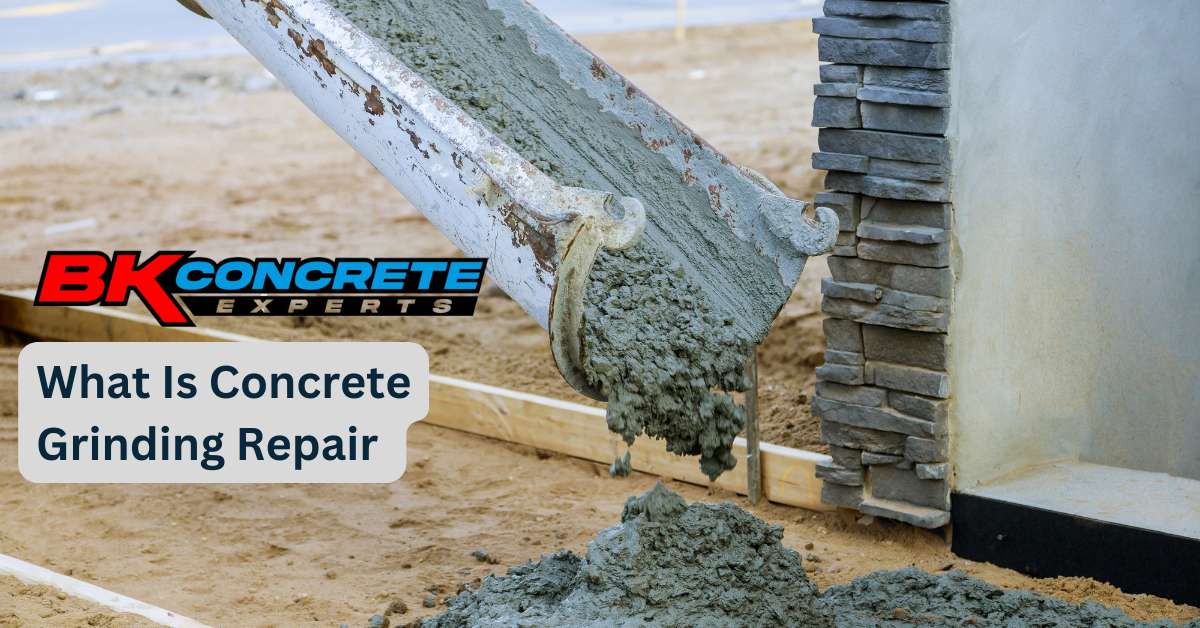Maintaining a concrete pool deck is essential for ensuring both safety and durability. Over time, concrete pool decks can develop cracks and holes, potentially leading to more extensive damage if left unaddressed. Repairing these imperfections not only restores the aesthetic appeal of the pool area but also prevents accidents due to uneven surfaces. Homeowners may find that tackling concrete pool deck repairs can save them from more costly renovations down the line.

To effectively address issues with a concrete pool deck, it is crucial to understand the nature of the damage. Small fissures and tiny holes can often be fixed using a concrete filler or sealant, while larger areas of damage may require resurfacing or patching. Professional contractors can be consulted to ensure that the right materials are used, and that the repair will last. A smooth, well-maintained pool deck is not only attractive but also contributes to the overall safety and longevity of the pool area.
A crucial aspect of concrete pool deck repair is to address the underlying causes of the damage. Factors such as weather conditions, incorrect installation, or lack of maintenance can all lead to the need for repairs. By identifying and rectifying these issues, homeowners are better equipped to prevent future damage. Regular inspection and prompt attention to any signs of wear and tear are the best defense against the need for extensive repairs, thus safeguarding the investment in one’s pool.
Assessing Concrete Pool Deck Damage

Before beginning any repair work on a concrete pool deck, one must accurately assess the damage. This process enables the identification of areas requiring immediate attention and helps in formulating a repair plan that ensures the longevity and safety of the pool deck.
Identifying Cracks and Signs of Sinking
Cracks in a concrete pool deck are often the most visible signs of damage. They can be categorized as fine, hairline cracks or more serious, extensive cracking. Extensive cracking can indicate underlying issues, such as sinking or settling of the concrete slab. Signs of sinking include noticeable changes in levelness across the deck surface, which can create uneven sections and pose a safety hazard.
- Assessment Checklist:
- Fine, hairline cracks: Can be superficial, requiring only basic repair solutions.
- Extensive cracks: Often indicate deeper structural problems that may require more complex interventions, such as slab jacking.
- Indications of sinking: Uneven deck surface, pooling water, cracks radiating from one area.
Evaluating Weather and Environmental Impact
The local climate plays a crucial role in the integrity of concrete pool decks. Areas with freeze-thaw cycles are susceptible to accelerated damage as water seeps into existing cracks, freezes, and expands, exacerbating the cracking and leading to concrete spalling. Consistent exposure to harsh weather, along with poor drainage, can significantly compromise the longevity of a pool deck.
Factors to Consider:
- Freeze-thaw cycles: These cycles cause expansion and contraction in concrete, potentially leading to spalling and cracking.
- Environmental factors: Acid rain, chlorinated pool water, and temperature fluctuations all contribute to concrete degradation.
- Drainage: Proper water drainage is essential to prevent standing water that can weaken concrete over time.
Preparation for Repair

Before initiating any repair work on a concrete pool deck, it’s imperative to prepare the surface thoroughly. This ensures the longevity of the repairs and maintains the functionality and appeal of the pool deck. Proper preparation mitigates the risk of future damage and trip hazards, thereby providing a safely navigable environment.
Cleaning the Deck
The first essential step in preparing for concrete pool deck repair is cleaning the deck. This involves using a pressure washer to remove dirt, grime, and any biological growth such as algae or mildew. Cleaning improves the adhesion of repair materials and highlights any cracks or damage that need attention. One must ensure that the pressure used is sufficient to clean deeply without causing damage to the concrete itself.
Removing Loose Debris and Materials
Subsequent to cleaning, one should move on to removing loose debris and materials. This includes chiseling out unstable concrete around cracks to create a solid base for filling. A thorough inspection should be conducted to identify and eliminate any debris that might interfere with the repair process. Special care should be taken to remove all trip hazards, ensuring a level and safe surface upon completion of the repairs.
Repairing Techniques for Pool Decks

Properly maintained pool decks enhance safety and aesthetics, but they require specific repair techniques to address common issues such as cracks, uneven slabs, and surface wear.
Filling Hairline Cracks
For hairline cracks, the use of a polyurethane foam or concrete filler can be an effective DIY solution. The process involves cleaning the cracks and applying the filler, which expands to seal the crack and prevent further damage. The filled area should be left to cure, according to the manufacturer’s instructions, to ensure optimal durability.
Fixing Uneven Slabs
Uneven slabs can present tripping hazards and disrupt the deck’s uniformity. Techniques like mudjacking (concrete lifting) or using a concrete lifting system involve injecting material beneath the slab to raise and level it. For minor discrepancies, applying a joint sealant can also help in stabilizing and leveling the surface.
Resurfacing Damaged Concrete
Resurfacing is a suitable method for repairing extensive surface damage. This entails applying a new overlay, which can be a concrete repair mix or a decorative coating, to the existing deck. This approach not only restores the surface but also offers an opportunity to seal and upgrade the appearance of the pool deck.
By addressing these common issues with the right techniques and materials such as patch and seal products, pool deck longevity can be extended. Regular inspections and repairs are integral to keeping the pool area safe and inviting.
Finishing and Protecting the Pool Deck
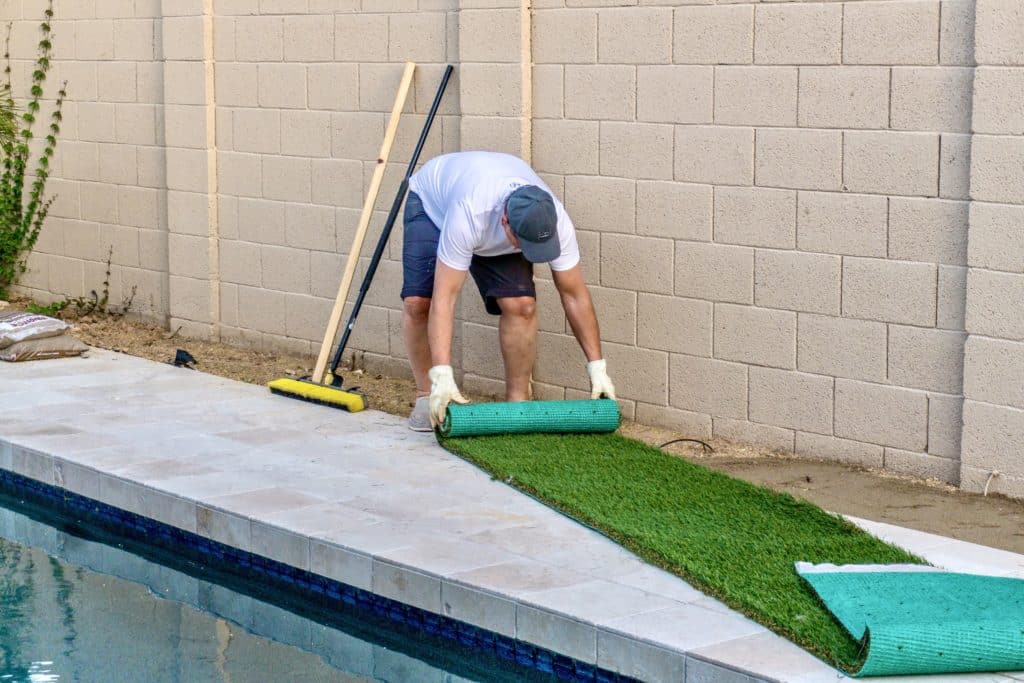
Once repairs are made to the concrete pool deck, the next steps are crucial for ensuring longevity and aesthetics. Applying the right sealers, coatings, and overlays are essential for both preserving the structural integrity and enhancing the visual appeal of the decking area.
Applying Sealers and Coatings
Choosing the appropriate concrete sealer is fundamental in protecting a pool deck against water, chemicals, and UV rays. Sealers come in various types, such as solvent-based or water-based, each providing a different level of shine and protection. A high-quality sealer not only guards the surface but also enhances it by bringing out the color and texture. It’s recommended to apply a new coat of sealer every few years, or as indicated by the product manufacturer, to maintain optimal protection.
Enhancing Durability with Overlays
For those looking to improve the durability and texture of their pool deck, applying an overlay product might be the best solution. Overlays such as a microtopping can be administered to create a new surface that’s both sturdy and stylish. Overlay products can be combined with color hardeners to achieve a rich, vibrant finish, further increasing the strength of the deck. The application of these products should be performed by professionals to ensure that the texture and slip-resistance are appropriate for poolside safety.
Long-Term Maintenance and Prevention
Maintaining a concrete pool deck involves consistent care to ensure longevity, appeal, and safety. Thorough and regular maintenance not only prevents further damage but also reinforces the deck as a sustainable element of one’s backyard living space.
Regular Inspection and Cleaning
Regular inspection of a concrete pool deck is crucial for identifying potential problems before they escalate. Homeowners should perform a comprehensive inspection at least bi-annually, scrutinizing the surface for cracks or signs of wear. Cleaning should involve removing debris and dirt to prevent staining and mildew growth, with a focus on environmentally friendly products to avoid harming the swimming pool. Any spills should be cleaned promptly to avoid slippery surfaces and potential tripping hazards.
Addressing the Causes of Damage
Addressing the underlying causes of damage early can guarantee the deck’s structural integrity and aesthetics. Factors such as soil settling or heavy loads could lead to cracks or unevenness. Using non-invasive techniques like foam injection—a method that stabilizes the concrete structure without extensive excavation—can repair damage effectively. Many foundations offer a complimentary inspection to assess the condition of the pool deck and recommend appropriate measures. Repairing at the first sign of damage is critical to prevent further damage and maintain a safe, inviting patio area for years to come.


